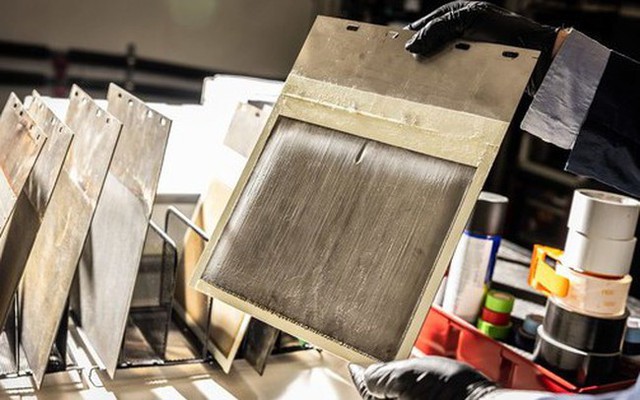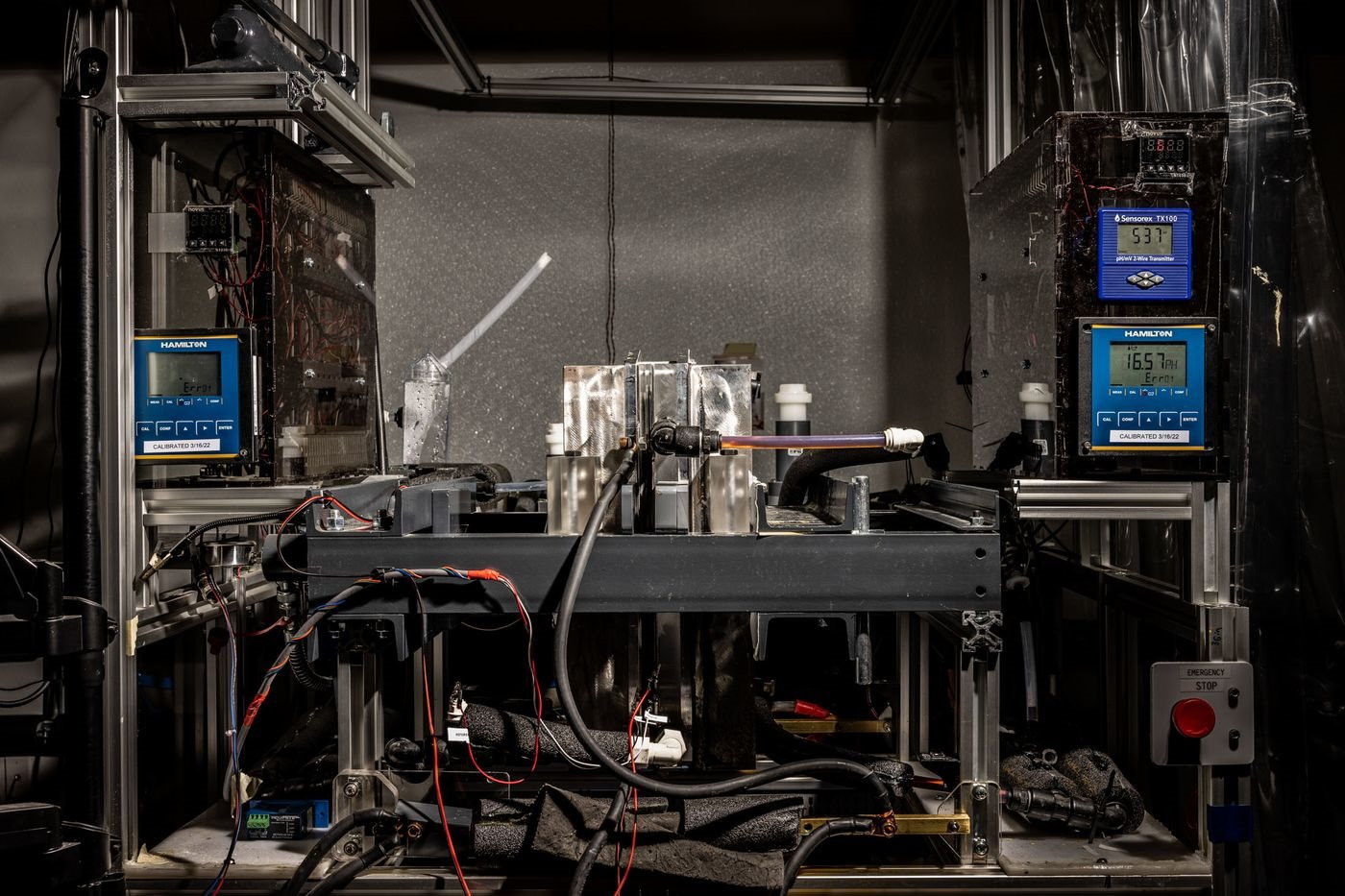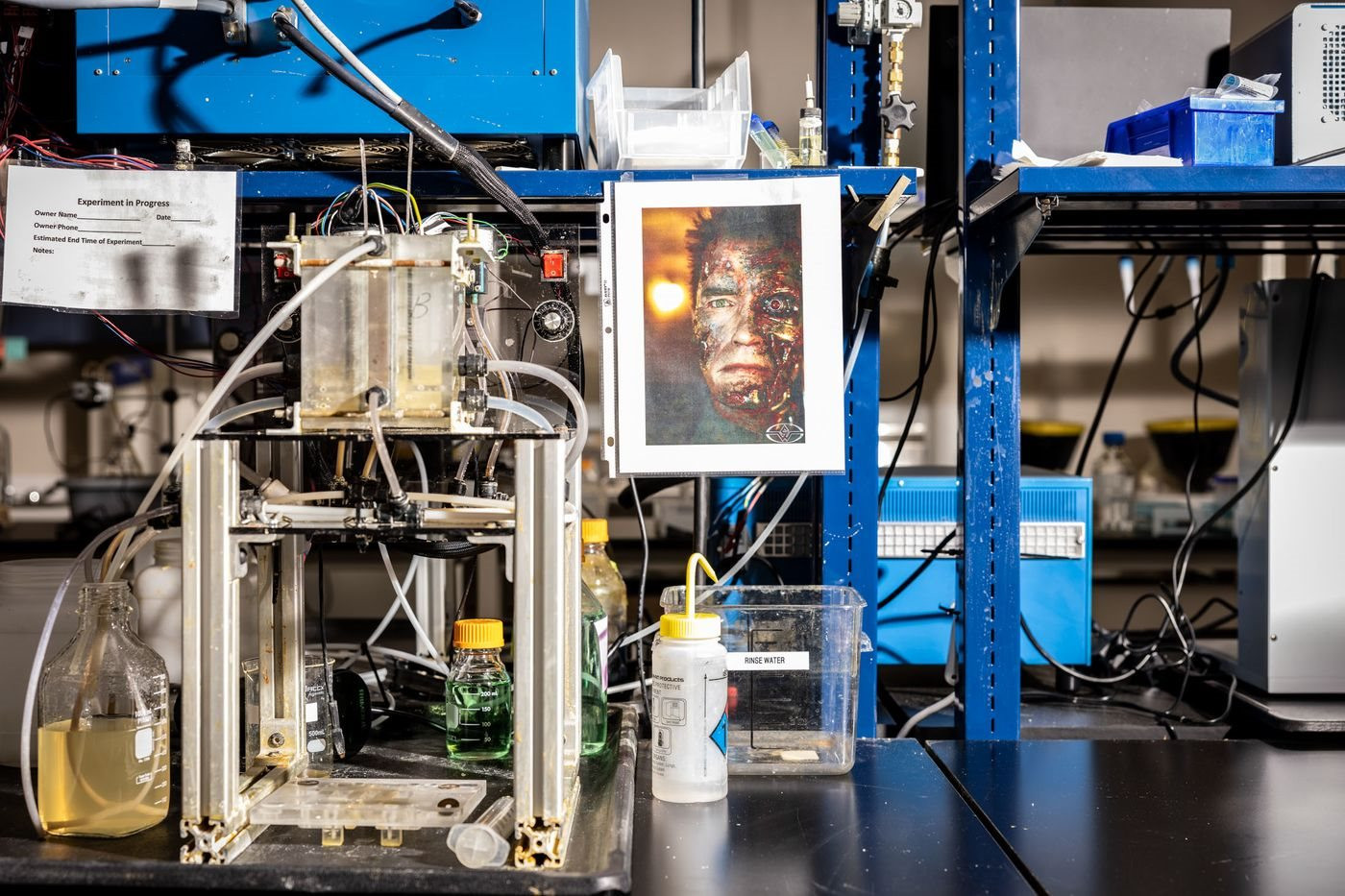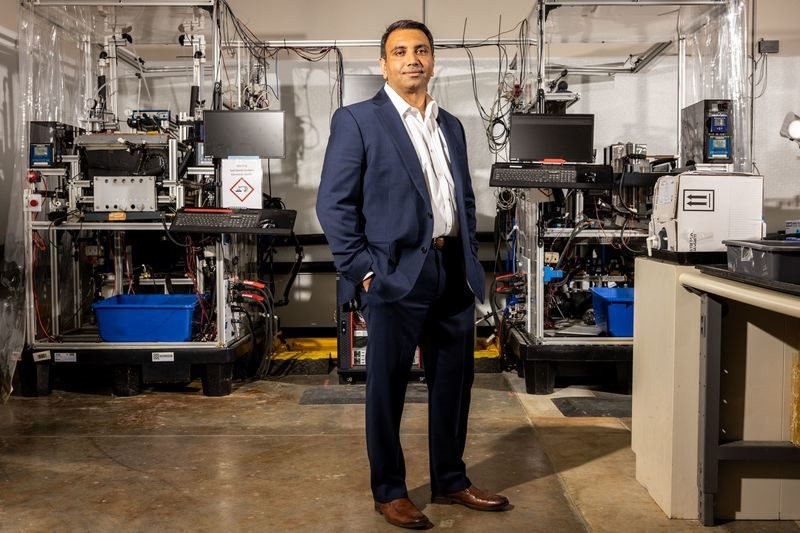The ‘green’ steel-making startup backed by Bill Gates, has the potential to change the industry $ 870 billion
- Tram Ho
In a meeting in March 2020 with investors of Breakthrough Energy Ventures (BEV) – a fund founded by billionaire Bill Gates, Sandeep Nijhawan brought up 4 business ideas to tackle climate change. Queen. One of them is the initiative to make iron with renewable electricity, saying no to coal and environmental emissions.

According to Bloomberg, iron accounts for 98% of the composition of steel – a material that is extremely common in the modern world. In furnaces with temperatures up to more than 1,400 degrees Celsius, carbon in coal combines with oxygen in iron ore to release a large amount of extremely polluted carbon dioxide.
The iron-making process contributes up to 90% of greenhouse gas emissions, while the steel-making process accounts for 7% of emissions each year – more than the shipping and aviation industries combined. However, if the process is carried out in warm and coal-free conditions, large amounts of emissions can be eliminated without the need for expensive technology.
That is why Nijhawan’s idea attracts the majority of investors. Green steel, with its affordable price tag, is said to have an impact on an industry that generates more than $870 billion in revenue a year. After getting the green light and receiving USD 2.25 million from BEV and some investors, Nijhawan immediately started operating Electra.

The Electra’s early tests came from a cramped garage.
The Electra’s early tests came from a cramped garage. Nijhawan’s former colleague Quoc Pham has joined as chief technology officer. The first job was to find out if iron ore could be dissolved in acidic water. Results are not as expected. Quoc Pham at that time was pessimistic that this was the shortest startup in his life.
Before getting into the details, it’s important to know that there are three ways to cut emissions from the steelmaking process.
First, capture the emissions and bury them underground. The first and only factory to do this was built in 2016 in the United Arab Emirates.
Second, use hydrogen instead of coal. This first batch of steel was produced last year, but not available until 2026. Since hydrogen made from renewable electricity is more expensive than coal, companies are still forced to use high-grade iron ore – what the world is in dire need of.

Electra claims everything is technologically possible, but declines to share details.
Third, using electricity, however, is extremely expensive. From now until electricity becomes cheaper, it is difficult to apply this method to the production of iron and steel. Another solution is smelting and Boston Metal, a startup founded in 2012, has done just that. Over the past 10 years, the company has scaled up its technology and operations by heating iron ore at high temperatures.
However, this is not what Nijhawan wants to pursue. The smelting process must take place continuously 24 hours a day, 365 days a year, otherwise the ore will solidify and affect the output. Therefore, Nijhawan wants to maintain the oven temperature at a warm level, ie no hotter than the temperature of a cup of filter coffee so that the melting process can operate flexibly. To do this, Pham must be able to dissolve iron ore in acidic water.
“I need less than 10 people. It may take a year or a year and a half for this process to materialize,” Nijhawan said.

Sandeep Nijhawan
Luckily, Nijhawan didn’t have to wait that long. Pham, along with several experts, including Dan Steiningart, a professor of chemical metallurgy at Columbia University, spent weeks experimenting and finding a solution. Electra claims everything is technologically possible, but declines to share details.
“Electra managed to do the difficult transition using only low-temperature electricity,” said Venkat Viswanathan, an associate professor at Carnegie Mellon University.
The tour of Electra’s Colorado facility clearly shows the progress. Electra has successfully produced sheets of iron the size of paper, silvery gray in appearance and amazingly heavy. This helped Electra raise a total of $85 million from BEV, mining giant BHP, Singapore-based Temasek Holdings fund, Amazon and several other investors. All it takes now is to extend the technology.

The iron model that Electra produced
Electra promises to build a new facility next year and ramp up production of commercial-sized iron sheets. With the Swedish steel giant SSAB and Boston Metal both aiming to produce zero-emission steel by 2026, a race has officially begun.
If successful, Electra’s plant would be much smaller than conventional steel mills but could generate 2 million tons of steel per year and cost more than $1 billion. Several smaller capacity plants are also expected to be built.
By: Bloomberg
Source : Genk
